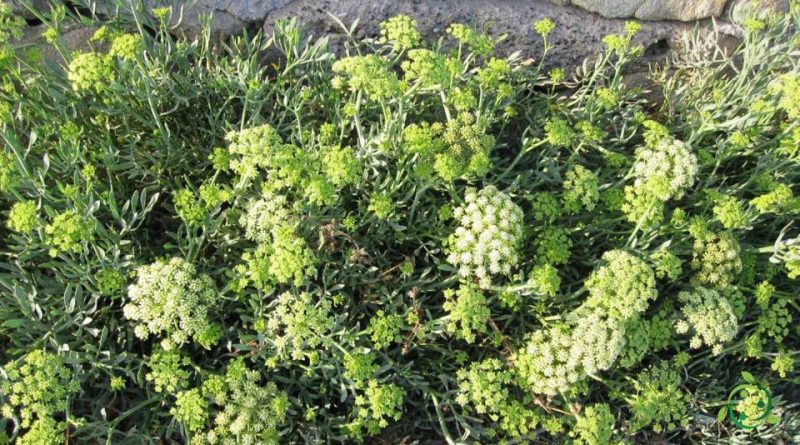How sea fennel reproduces
How sea fennel reproduces
Sea fennel (Crithmum maritimum L.) is a perennial herbaceous plant of the family of the umbelliferae native to the European Mediterranean regions.
This plant, in Italy, is widespread in the natural state, along the coastal areas.
Sea fennel is a plant that can be grown, especially in small gardens, and it propagates easily, either by seed or even by division of the tufts, in spring, while that for tip cuttings becomes a little more difficult.
In this sheet we will see how to reproduce the Crithmum maritimum while for the details of the cultivation technique, see the following sheet.
Propagation –
Sea fennel, as mentioned, can be multiplied by division of the tufts, to be done in spring; for sowing in light soil, or for tip cuttings. The latter method has the least chance of success as the cuttings are easily attacked by mycosis.
In detail, it should be noted that multiplication by seed is the most used and can frequently occur in nature.
The sowing is done directly and is carried out in the period of September on a well prepared and refined seed bed; the planting distances are 30 cm both between the rows and on the row, with a density of 10-11 plants / sqm. In spring there will already be seedlings that can be left to develop in the ground, or even be taken and transplanted even in pots.
Since sea fennel is a plant that prefers milder marine environments, if we are in areas with a more rigid climate, transplanting in pots or in sheltered areas, as well as in cracks in walls or ravines, is useful for the survival of the plant. .
Sea fennel can also be multiplied by division of tufts obtained from rhizomes; the planting of the tufts obtained from the rhizomes takes place in spring and in this technique it is necessary to be careful to take tufts from already well-formed and rooted plants with a portion of rhizome. Care must then be taken, a bit like in seed propagation, to accompany the plant in the early stages with frequent irrigation but without ever creating stagnation. This is also one of the reasons why this plant prefers lighter and more sandy soils.
Sea fennel could also be multiplied by tip cutting. Let’s say immediately that it is a method that is less successful as the need for humidity to take root the plant and the ease with which, in these conditions, it is attacked by mycosis, make multiplication less easy except that you do not intervene preventively with fungicides specific. However, if we want to grow organically it is better to avoid this last option.
Collection and storage –
The tender leaves of the sea fennel can be used, which can be harvested throughout the vegetative period and eaten fresh. These are used to flavor fish, eggs, appetizers and salads.
The plant has recognized therapeutic properties: the leaves are rich in carotenoids and flavonoids and have stomachic, digestive and choleretic action, stimulating gastric and biliary secretion, favoring digestive processes and increasing appetite in inappetent subjects.

